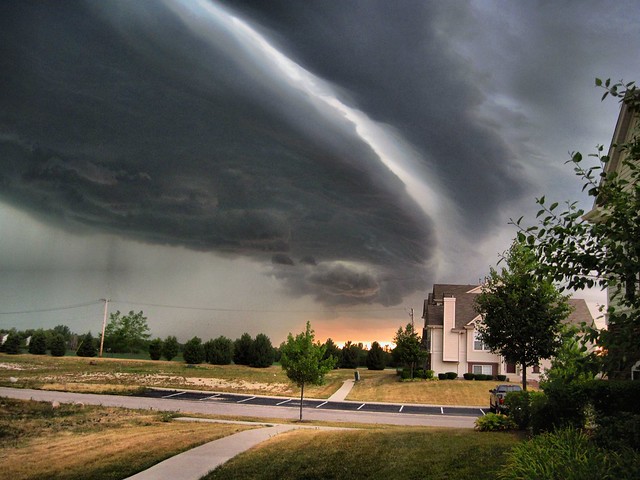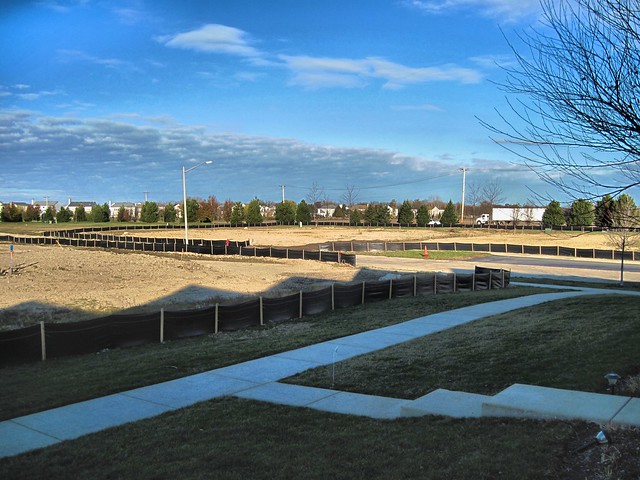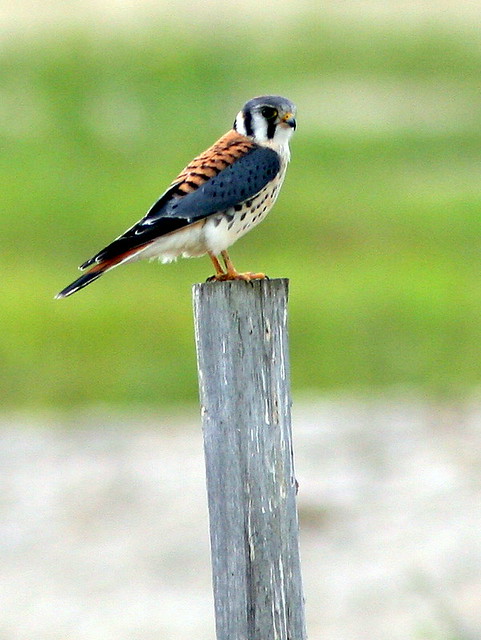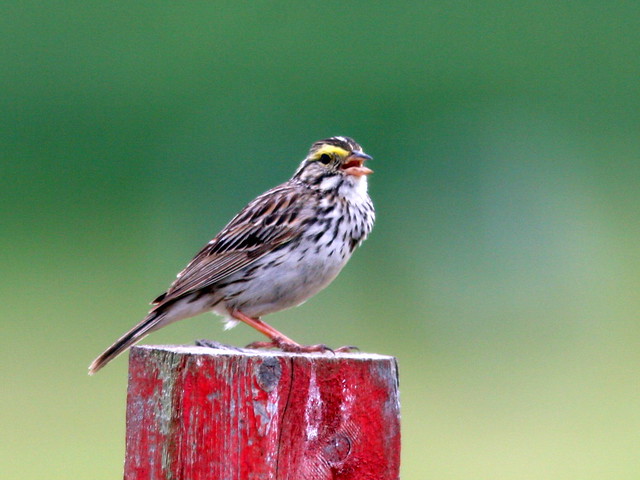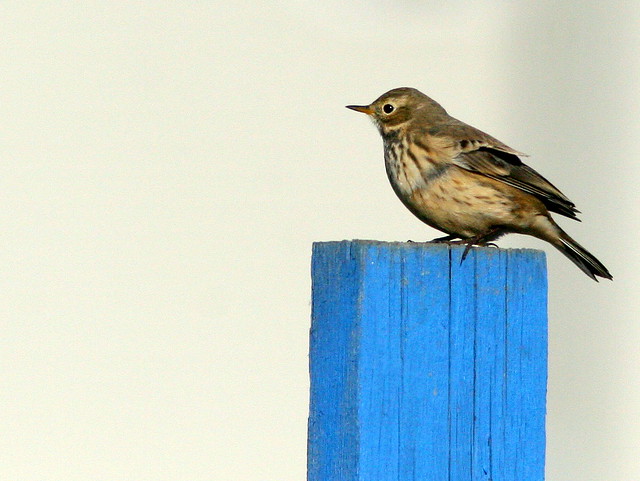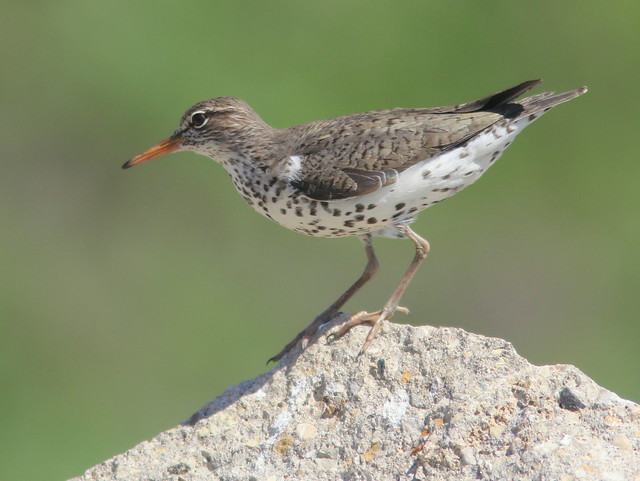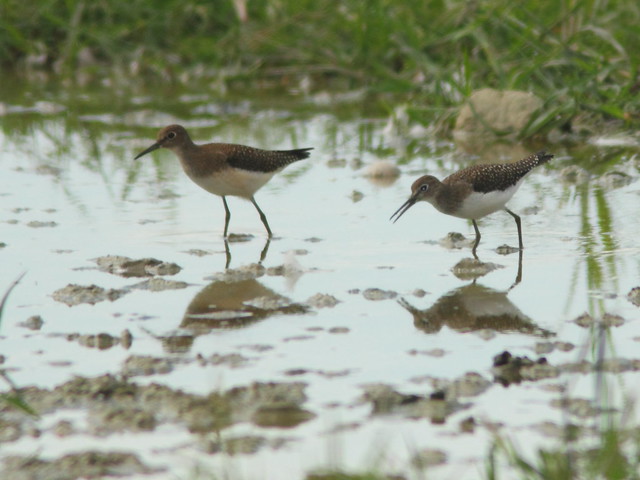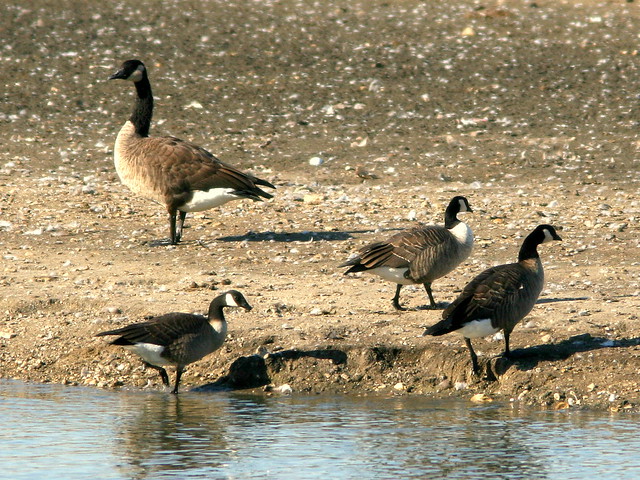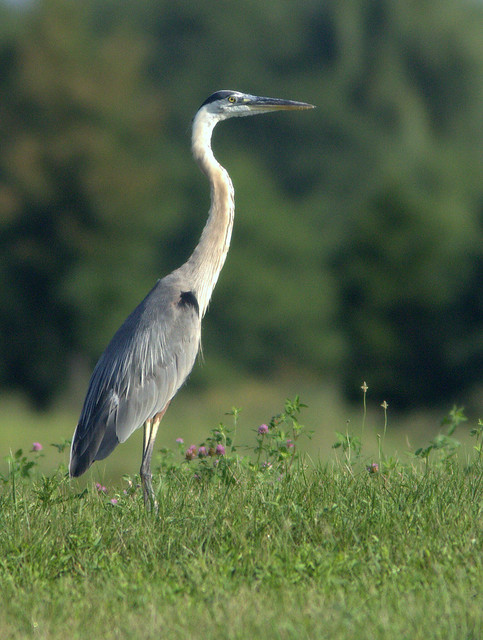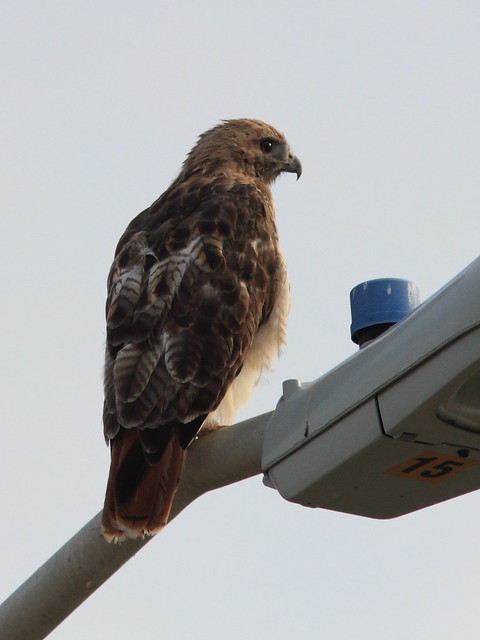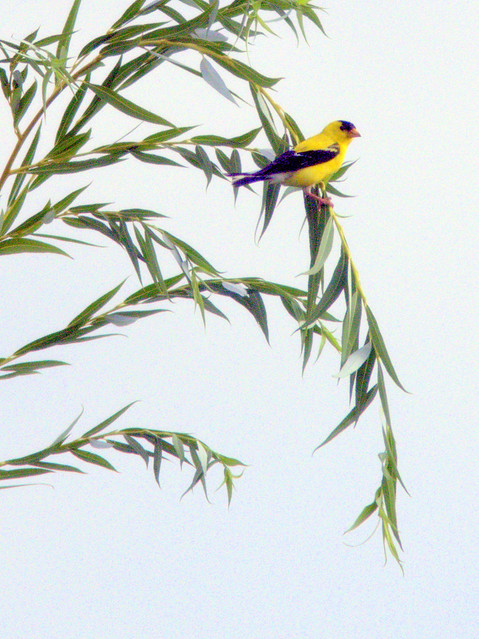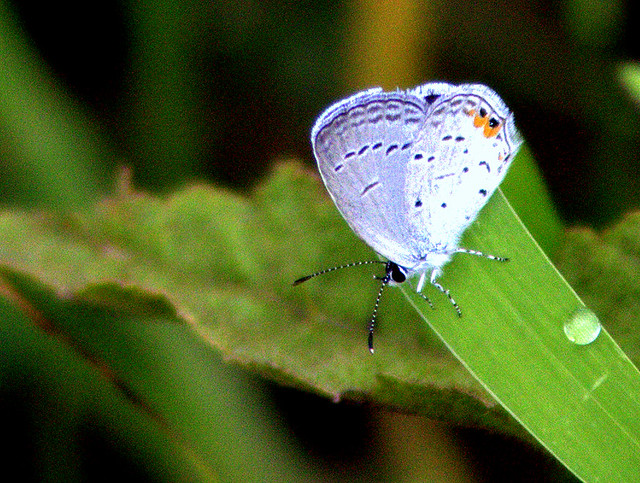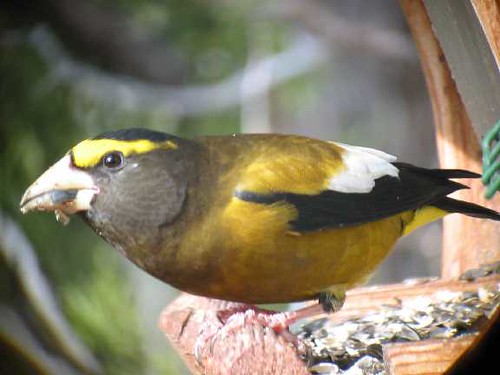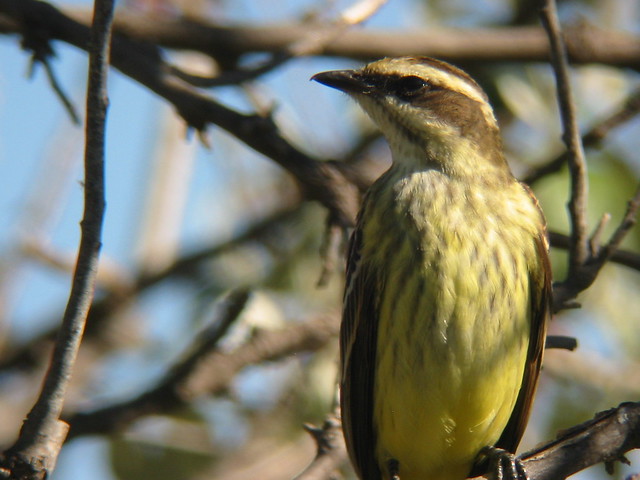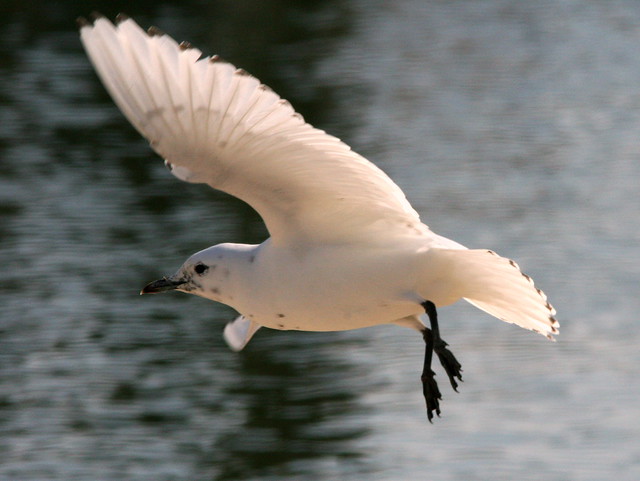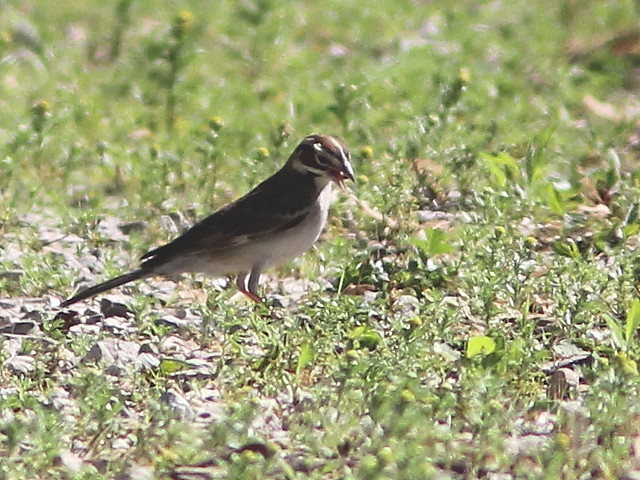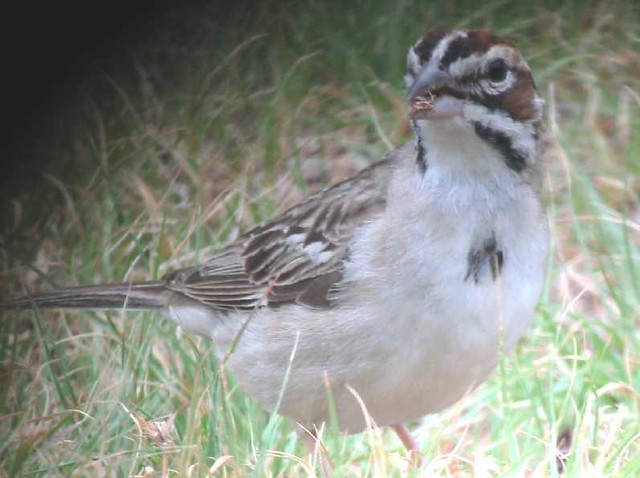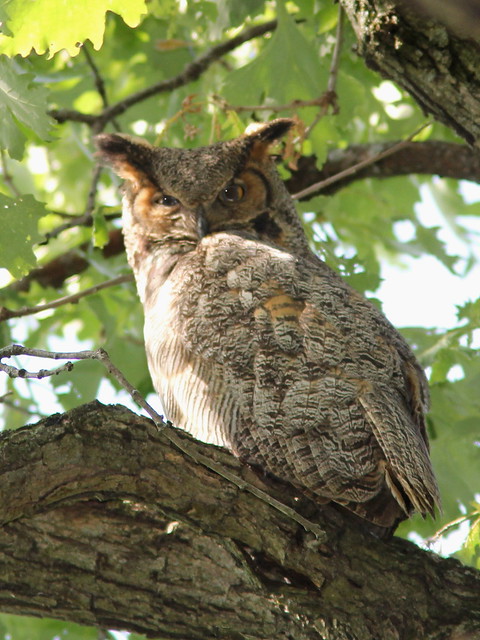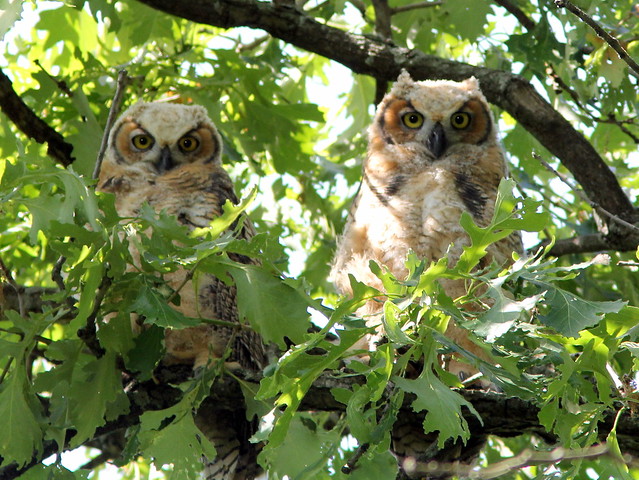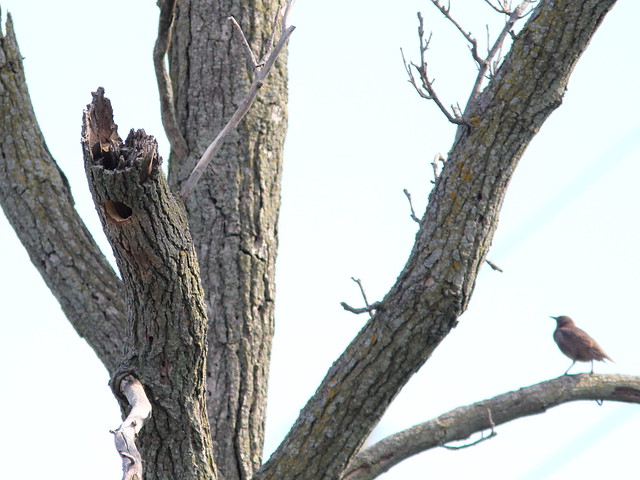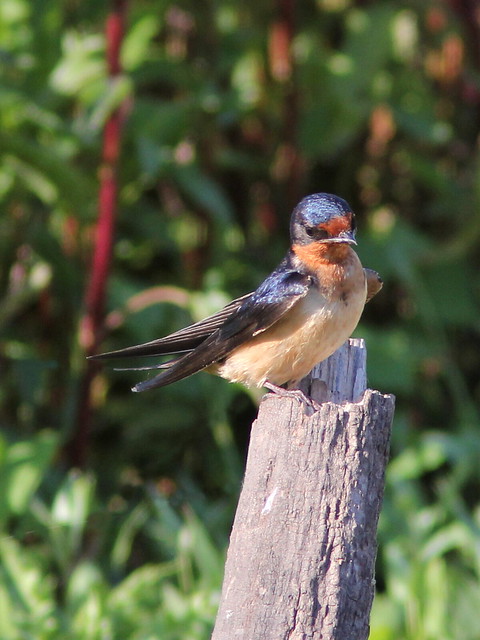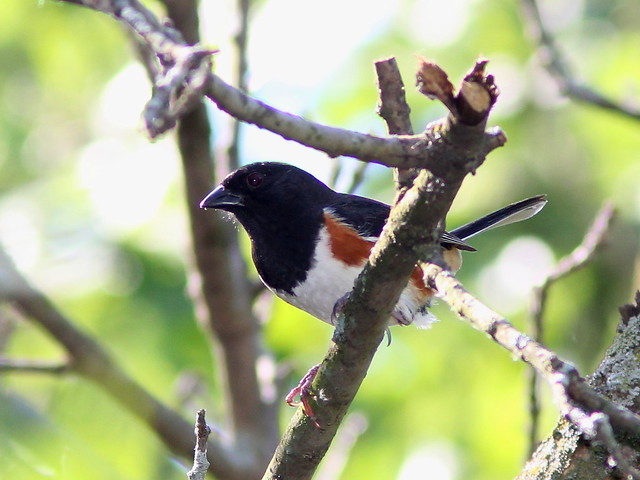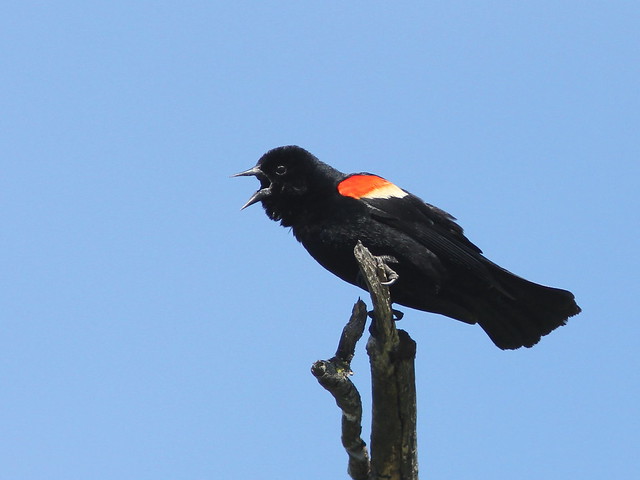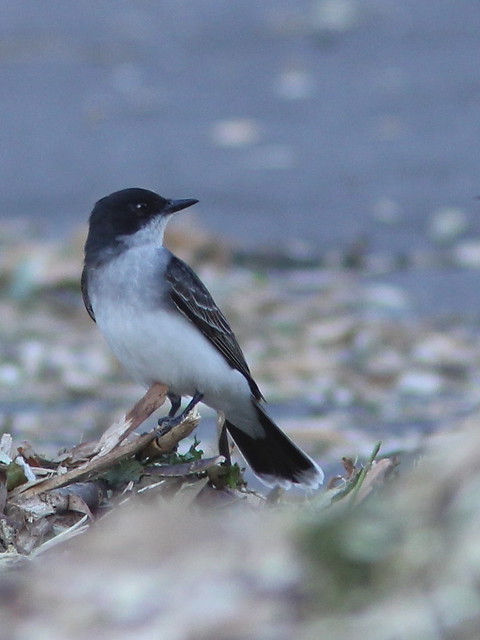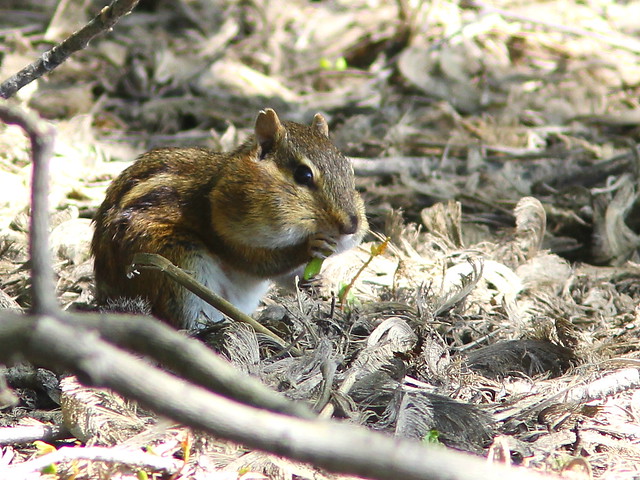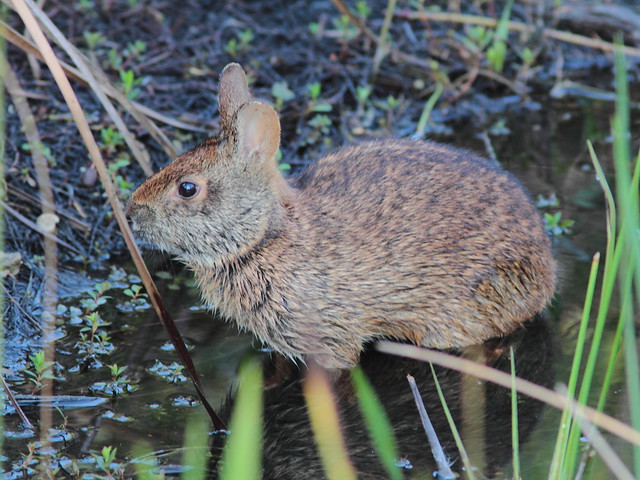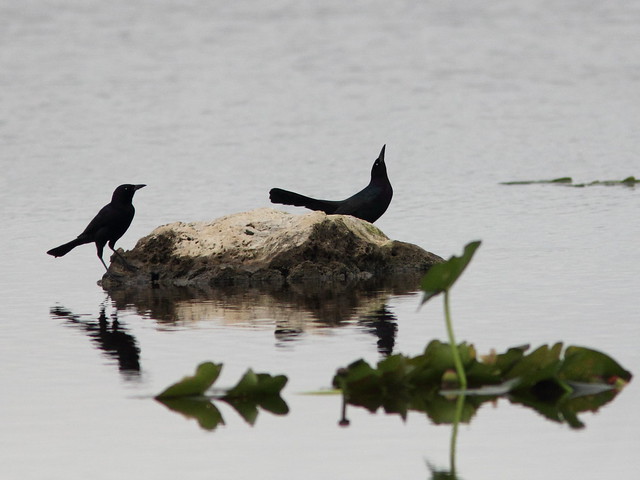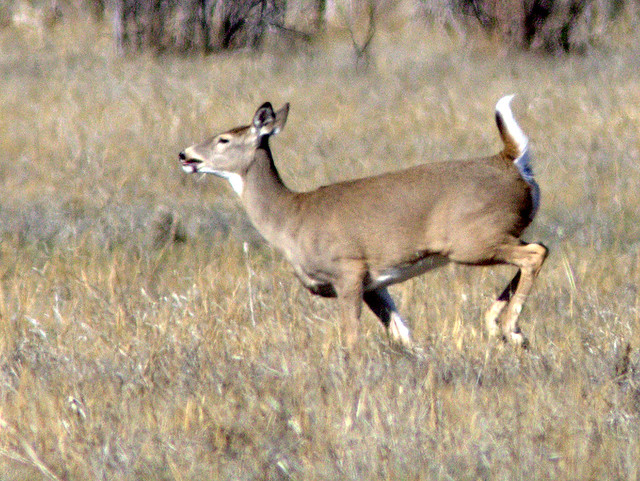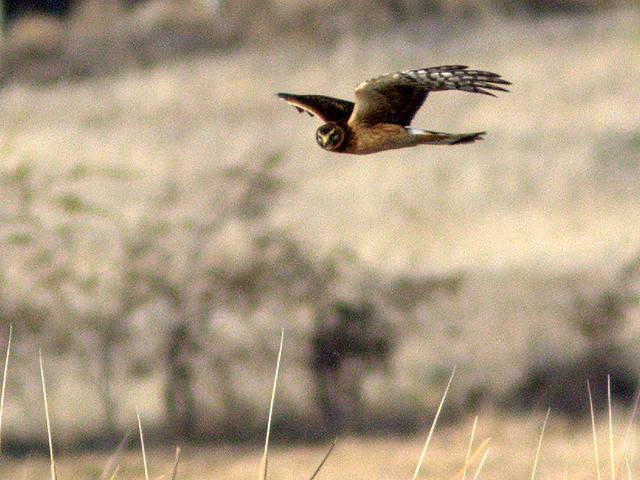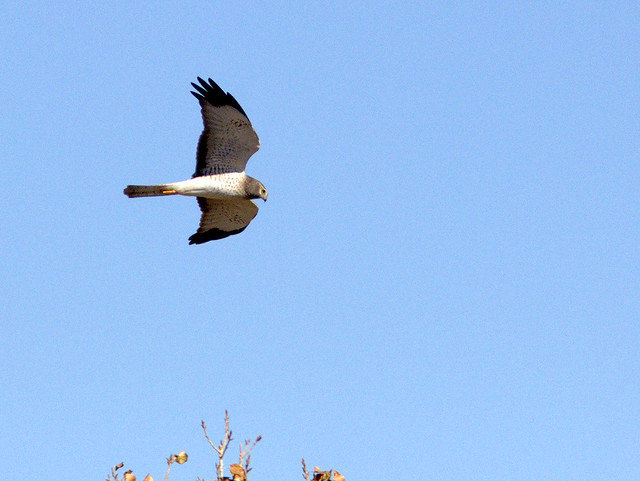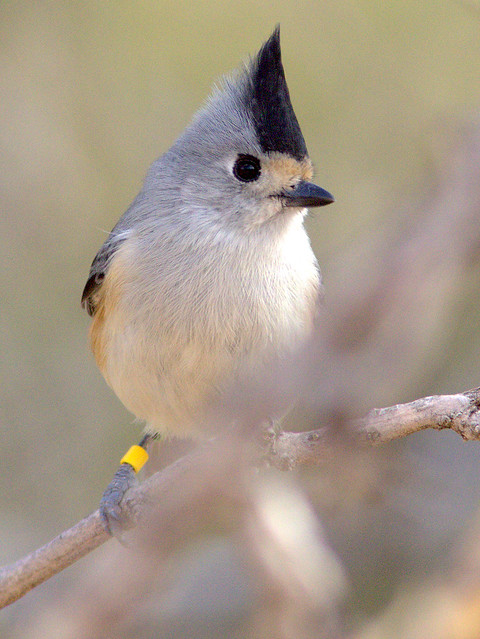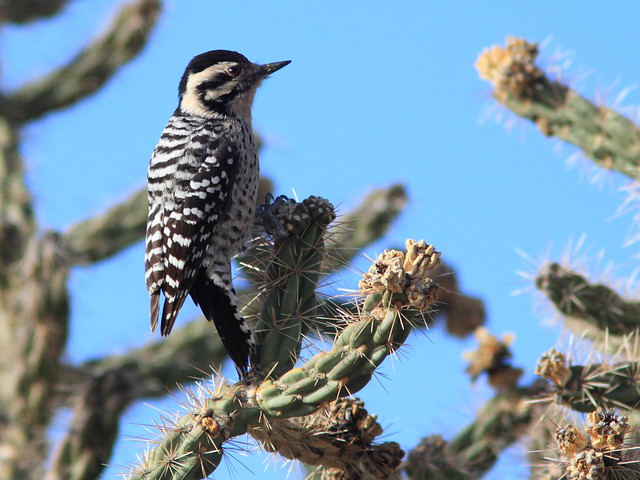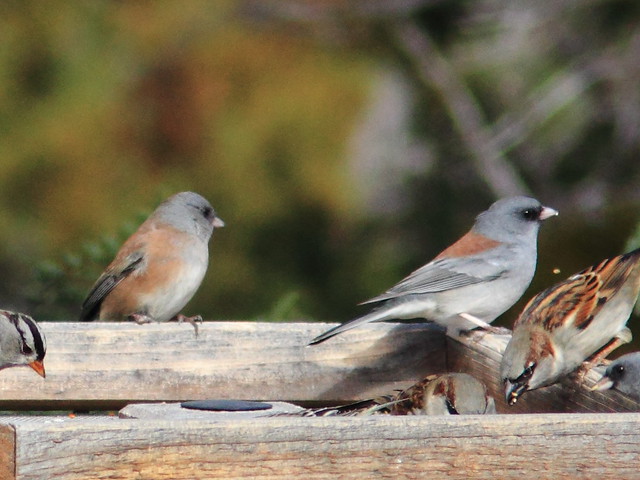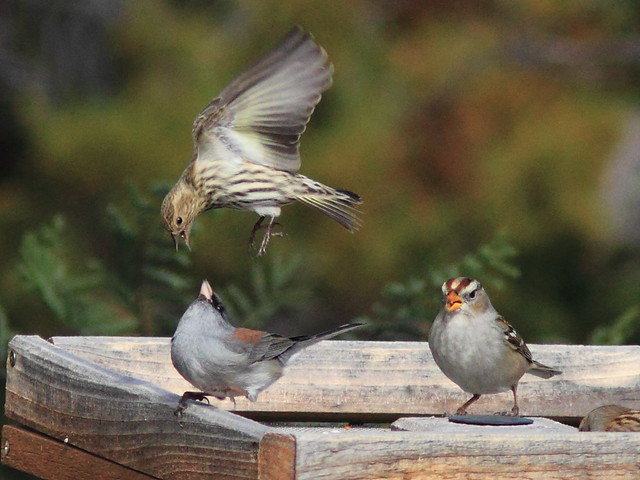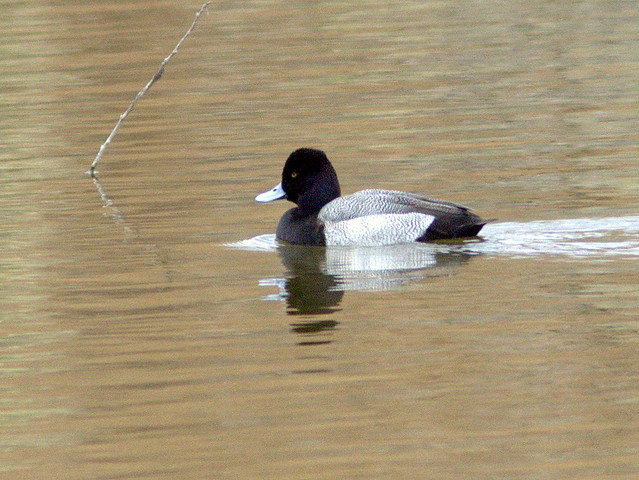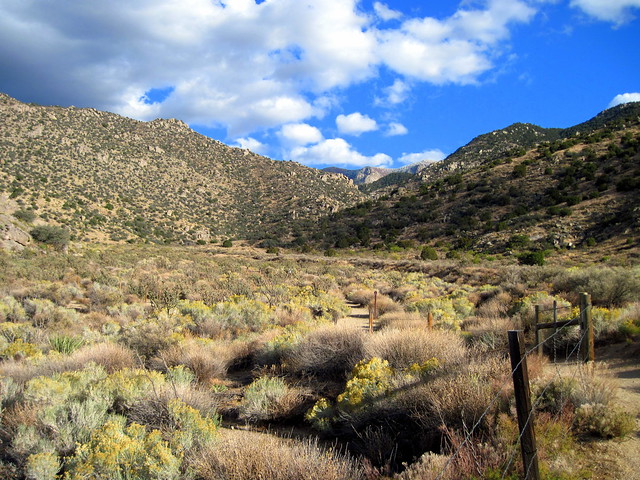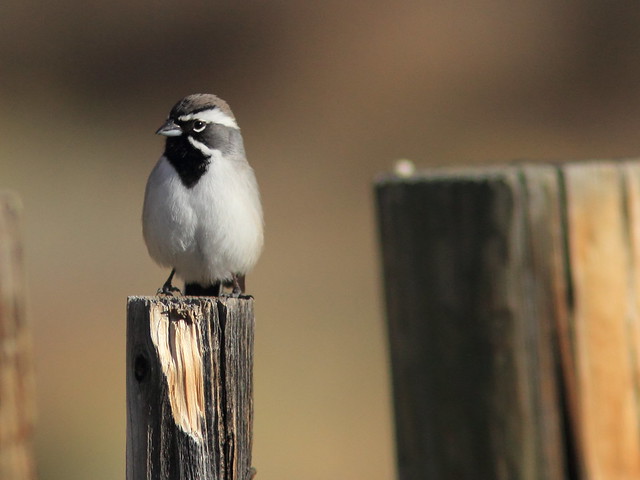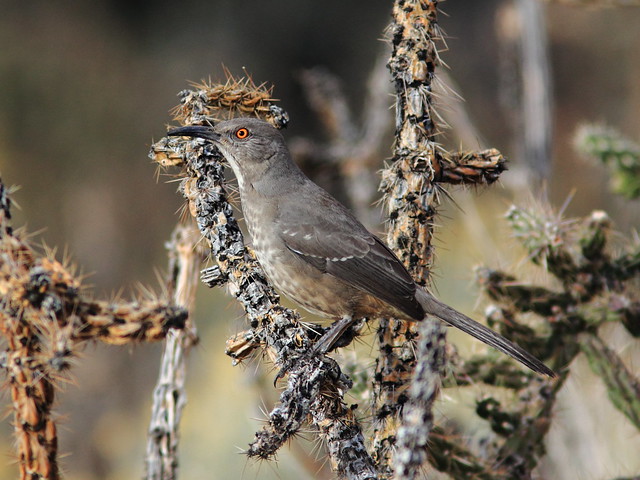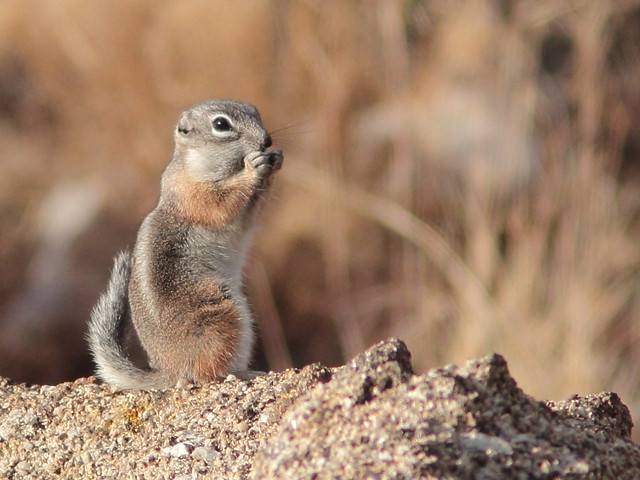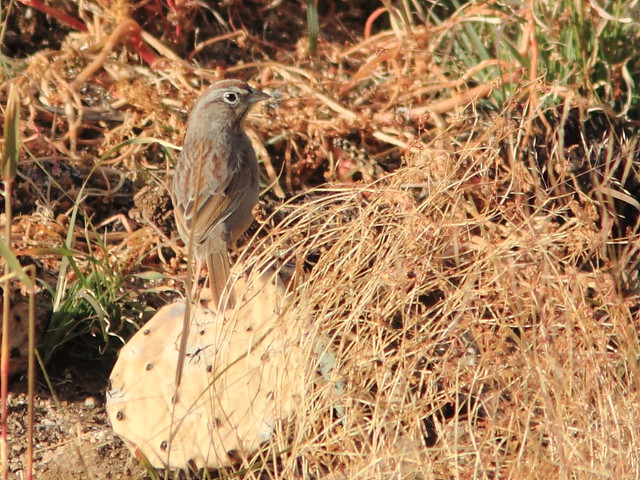Posted by: Ken @ 6:24 am
One’s priorities change over time. The inevitable and the unexpected, and the balance between wants and needs all come into play. Getting drafted in 1966 and suddenly moving from New Jersey to west Texas with our three children was jarring, yet eventful in a very positive way. We selected our El Paso rental home mostly because of its convenience to schools, work and shopping. The expansive blue sky and the mountainous backdrop were pleasant but not necessary. Likewise, our subsequent homes in New Orleans and Dallas were chosen with similar needs in mind.
Only after 27 years, when retirement approached and we were “empty nesters” did we think about what we really wanted in a home. My love for the southwest was an overwhelming consideration. For Mary Lou, proximity to family was an equally important factor. On one of my business trips to New Mexico I learned of a new subdivision under construction. In a moment of free time I visited the site and called the number on the real estate agent’s sign. After a short visit I selected a home site and called Mary Lou to seek her agreement on entering into a contract. Despite her reluctance about the fact that I had not yet even set a retirement date, I knew she shared my feelings about the region. Besides, two of our children lived within a few hours drive, in Texas and Arizona.
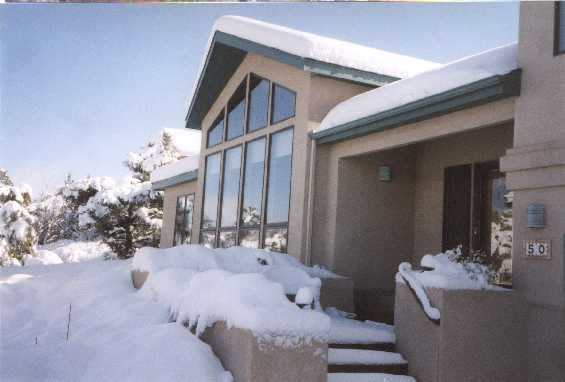
In New Mexico, living at 7,000 feet elevation, we had our mountains and four seasons.The tremendously varied habitats provided great birding. Of course, the nearest shopping centers and health care providers were located twenty or more miles away, accessible only through a single mountain pass that could be choked by a blizzard or a traffic accident. After eleven years we reconsidered our priorities, and took the dramatic step of moving to south Florida, to be near our younger daughter’s family. In lieu of mountains we wanted to look out over water. Eyes that are fixed on a distant vanishing point are eyes at rest.
Our daughter actually selected our Florida home. We ratified her choice and moved here in 2004. We had not yet sold our New Mexico home when, three months later, her husband got a big promotion to Chicago and they moved away with our two baby granddaughters! It took us two years to make the weighty decision to purchase a second home in Illinois. We hoped to balance our newly discovered love of mild Florida winters with our need for family. Now the view was not an issue. We required only a “crash pad,” a place to stay when it was hot and humid back in Florida. We selected a town-home only two miles away from our daughter’s house.

It was a new unit, in one of the first of 36 buildings that were scheduled to be part of a complex with homes for over 200 families. We knew that subsequent construction would fill the surrounding open space and blot our our view of the horizon. The housing crisis hit as the seventh building was finished, and the developer was unable to complete the project. Construction was put off indefinitely, and the land, the equivalent of four or five city blocks around our condo, remained undisturbed for six years. As it returned to an imperfect grassland, it became an unexpected birding treasure. The above photo was taken in 2010, after the land had been healing for four years.
Thunder was usually the only ominous sound under the prairie skies.
Sadly, but not unexpectedly, this week we also heard the roar of bulldozers as the entire area was being cleared and graded. Time to stop and remember how nice it was while it lasted.
Our front door provided an ideal vantage point for viewing birds that rested on the color-coded utility markers. (Click on images for additional views)
American Kestrels nested in one of the large trees along the main road.
Horned Larks built their nests early in the spring near our front doorstep.
Savannah Sparrows sang and defended their territories.
American Pipits visited during migration into winter.
At least one pair of Eastern Meadowlarks raised a family out in the largest open tract.
Red-winged Blackbirds shared a pothole with muskrats.

A pile of construction rubble provided another high perch in the treeless empty lot. We could drive around the corner and park, using the car as a blind, and just wait for the next bird to occupy it. Lazy birding at its best!
Spotted Sandpipers sang all spring. The area had room for several breeding pairs.
Song Sparrows visited and probably nested along the shrubby margins.
For the past two years, Vesper Sparrows serenaded from the roof of our condo and surely found nesting areas in the weeds near the old mound of topsoil left when the area was first cleared.
In spring, melting snow and rain created roadside “fluddles” that attracted other birds. The only photographic challenge was to park with the sun at our back.
Solitary Sandpipers passed through during spring migration.
Sandhill Cranes brought their colts to feed in the field right near our doorstep.
Both Canada and the smaller Cackling Geese made use of the “floodles.”
On one occasion, a “blue” Snow Goose paid a visit (photographed from inside an upstairs window).
A Great Blue Heron seemed to be hunting insects and possibly voles out in the fields.
Red-tailed Hawks roosted on streetlights over empty roadways.
Many Killdeer courted and raised their chicks every spring.
Along the far edge of the property, American Goldfinches, flowers and butterflies delighted us with their color…
..Chicory…
…Summer Azure
I can mourn the loss, but cannot reverse progress, and will revel in remembrances of a plot of land no longer vacant.
Posted by: Ken @ 10:46 am
This Evening Grosbeak at my front yard feeder in New Mexico (February 2003) was one of my first digiscoped photos. It was taken from inside our living room window through a Kowa spotting scope with a little Canon PowerShot A40– only 2 megapixels! Today I’d be pleased to get such a shot with my ginormous DSLR, but am not expecting to see one in Florida!.
I still have my handwritten notes on my first sighting of Evening Grosbeaks on October 21, 1951, Life Bird #154, a flock of about a dozen at Garret Mountain, N.J. (reservation). They were gathered in a small leafless tree, a sight burned into my memory. In a boastful footnote I quoted Alan Cruickshank’s 1942 edition of “Birds Around New York City: Where and when to find them,” under Eastern Evening Grosbeak.
“Seen… as early as November 15, 1915…and as early as October 27, 1927… but such dates are exceptional as the bird seldom arrives before Christmas, and the large majority of records are grouped in January and February…The recording of this species in the New York City region is still a red-letter occasion, and I know many an active observer who is yet to see this species locally.”
Actually there had been a large flight the previous winter, but none showed up near my home in Rutherford, and I was met with skepticism by the veterans when I reported my sighting to the Hackensack Bird Club at their next meeting in Odd Fellows Hall.
William J. Boyle wrote, in “The Birds of New Jersey” (2011) that there had been major flights since that time into the 1980’s. Only 9 individuals had been recorded in four CBCs since 1998.
I prepared this blog for the ABA “Bird of the Year” Evening Grosbeak Blog Carnival but because of other demands on my time I forgot to post it! However, is is up in time for the Bird D’pot
and Wild Bird Wednesday!
Posted by: Ken @ 9:23 am
Most of my posts attest to the fact that I do not range far and wide in search of rare or uncommon birds. It’s not that I lack interest in putting a few new notches in my birding belt. If an unusual bird is reported and it is reasonably nearby, I will make an effort to see it, but I’ve never been one to jump on a plane or drive overnight to join the “twitchers” who congregate in hopes of adding a new species to their life/year/locality lists.
Some of our “rare” bird sightings were incidental to trips we had taken for non-birding reasons. I think of the Piratic Flycatcher that showed up in Fort Sumner, New Mexico just as I was setting out to drive from Albuquerque to Amarillo to visit our son and his family. We diverted from I-40 and lost about an hour of travel time to see it. My digiscoped image of this vagrant from Mexico was taken with a little 2.4 megapixel point-and-shoot camera back in 2003, long before I acquired my first DSLR.
Then, in 2009 there was an Ivory Gull that appeared in Cape May, New Jersey, and was only seen during the week that we flew there for the funeral of my uncle.
In the spring of 2010 we picked up another life bird when local birders found a Ruff that showed up at Nelson Lake Marsh/Dick Young Forest Preserve near our Illinois condo. My photos of the sandpiper, seen here in the foreground, foraging with several Lesser Yellowlegs, were only good enough to document the larger Ruff’s “pot belly,” more upright posture, and drooping bill that set it apart. I must admit that we likely would not have located the bird, much less identified it, without the help of a couple of experts who happened to be there when we followed up on the report. It was my ABA Area Life Bird #572, and Mary Lou’s #505. As evidence of our slow progress to the coveted 600 mark, we now have only advanced to 581 and 509 species respectively.
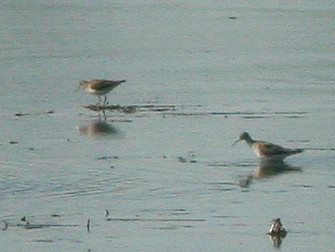
This past May 15, while Mary Lou and I were birding Lippold Park in neighboring Batavia we saw three or four sparrows and two robins foraging on the trail some distance ahead. All but one of the sparrows were Song Sparrows, but one seemed longer and slimmer and walked instead of hopping. About all we could make out with the binoculars was a strong line over its eye that suggested it was a Lark Sparrow. I took several photos that confirmed its identity. According to eBird, this was the first of this species ever reported from Batavia or any of the neighboring Illinois communities in 10 or more years. Because of the distance, the quality of the photo is poor.
Lark Sparrows are more common in the Western states. Here is another bad shot of one on our lawn in New Mexico, digiscoped through the living room window about 10 years ago.
We watch the local sightings reports, and during the past two weeks we followed up, rather tardily, on a couple of interesting, if not rare, birds.
A Great Horned Owl with two youngsters had been seen roosting the the large oaks in nearby Fabyan Forest Preserve. They were still there despite our delay in searching for them, and they provided a nice photo opportunity.
The owlets were mostly obscured high in the foliage, but they did crane their necks to get a better look at us.
In the case of another recent report of a species that I had not yet photographed, it seems we waited too long after the first sighting. A pair of Red-headed Woodpeckers had been seen courting in an old tree only 3-4 miles from our home. For the past two mornings we spent over an hour observing the nest that the birds had excavated, but there was no sign of them. Perhaps the female was now incubating out of sight, or worse, they had been evicted by some of the European Starlings that were present in large flocks.
All I have to show for our efforts is a photo of their hole with a starling on a nearby branch. Of course we will be back and maybe can report better news about the couple. While a few starlings did roost on the tree, none entered the nest hole, so this may be a sign that the female woodpecker is sitting on eggs.
Our unsuccessful quest tor the Red-headed Woodpecker wasn’t just a “dry hole,” as there were other interesting wild creatures in the vicinity. This Barn Swallow struck a nice pose.
A noisy Eastern Towhee briefly emerged from a secluded perch.
This Red-winged Blackbird added color to the scene as, in song, it displayed its expanded epaulets.
Eastern Kingbirds were gathered in a nearby tree. This one was picking through the grass, probably looking for nest material.
A Killdeer eyed us suspiciously from the shore of the river.
This Chipmunk looks as if it could not stuff one more seed into its cheek pouches.
Eastern Cottontail Rabbits in Illinois appear long-legged and muscular in comparison to…
…the aquatic coastal Florida subspecies of cottontails, little short-eared and dark-furred bunnies known as Marsh Rabbits.
During our recent visit with our son and his wife and five children in Canyon, Texas, we got in some very good birding. Our three older grandchildren guided us on local walks in their neighborhood, and we visited a local park as well as Buffalo Lake National Wildlife Refuge in nearby Umbarger.
Canyon’s Southeast Park had a pond that contained lots of waterfowl, among them two species that are quite similar, the Canada and Cackling Geese. The latter are smaller than Canada Geese, and have disproportionately shorter necks and bills. The Cackling Geese tended to stay together in a single flock and I had a difficult time trying to get the two species to pose together to allow a comparison of their identifying features. Formerly considered as a single species (along with other variations among Canada Goose populations), these two species were officially split when the American Ornithologists Union published the 45th AOU Checklist in 2004. Of the eleven subspecies that made up the Canada Goose complex, seven were allocated to the “large-bodied” Canada Goose (Branta canadensis) species and the other four to the Cackling Goose (Branta hutchinsii) species. Read more in David Sibley’s analysis at this link
In this photo, three of the larger Canada Geese are in the foreground, and those behind them are mostly Cackling Geese.
In flight, these Canada Geese (or, as their shorter bills and necks may suggest, the nearer two are Cackling Geese) lined up precisely.
Knowing that the following photo was taken in northern Texas makes it easy for me to point out that the big blackbird is not a Boat-tailed Grackle, so common around my Florida home, but rather a Great-tailed Grackle. The former is found along the Atlantic and Gulf coasts, and is strongly associated with water, while the Great-tailed Grackle ranges in the interior southwestern US. Their voices are distinctively different– the Great-tail makes very weird noises– grating, rattling and even some calls that sound exactly as if the bird is rubbing its wing feathers together.
For comparison, here is a recent photo of Boat-tailed Grackles in their typical habitat, near our Florida home.
The Texas Panhandle is experiencing its worst drought in over 50 years. Lakes are drying up and the water table has fallen severely. Buffalo Lake was quite large, and attracted huge flocks of ducks and wading birds when I first visited there in the early 1990s. Now it is almost completely dry. Even without the water, the Refuge has extensive grasslands and wooded areas.
White-tailed Deer abounded. This doe bounded across a field in front of us.
Although the grandchildren each tried to be the first to spot a deer or Wild Turkey, they were quite good at pointing out the raptors. We saw a Peregrine Falcon, American Kestrels and several Red-tailed hawks. Northern Harriers were abundant, but all were either brown females or immature cinnamon-colored birds. A with owls, their facial disks help them locate prey by amplifying sound. Hearing the faintest of squeaks, harriers have been know to plunge blindly into dense grass and come up with an entire nest of baby mice.
In this species, the smaller gray-colored adult males are less commonly seen, and are said to make up only about one in seven to twenty individuals sighted in the field. They occasionally mate with multiple females, but most are monogamous. Because of the relatively large number of immature birds, in which the sexes are quite similar, adult males are greatly outnumbered. Indeed, mis-identification of immature Northern Harriers as females probably accounts for the widespread belief that their sex ratio is heavily skewed toward females. Between 1971 and 1980, at four hawk watch banding stations in north-central and northeastern states, 90% of 1256 harriers captured during migration were juveniles, but among adults the sex ratio of males to females was close to 1:1 (Reference). A large California study found that, over a 24 year period (1960 - 1983) , the female to male ratio averaged 1.1 : 1 (with an annual variation of 0.8 to 1.6 : 1) (Reference). This is so interesting, as I used to think that there had to be a lot of unattached non-breeding females left over, which would confer no evolutionary advantage for the species.
Our eldest grandson sighted this beautiful male Northern Harrier when it was some distance away, giving me plenty of time to get my camera into action.
Both Eastern and Western Meadowlarks are present at Buffalo Lake, but this one’s gurgling song (which I interpret as saying “Look at me, I’m a meadowlark!”) was very different from the sweet whistles of the Eastern species.
On the second full day of our stay, we drove south several miles to Palo Duro Canyon. Palo Duro Canyon State Park occupies 29,182 acres of the northern portion of the Palo Duro Canyon, which is 120 miles long and as much as 20 miles wide, with a maximum depth of more than 800 feet. Palo Duro Canyon has been described as the second largest canyon in the United States, after the Grand Canyon, which is 277 miles long, up to 18 miles wide, and 6,000 ft. deep. A fork of the Red River carved the canyon through multicolored layers of sandstone, shale and stiltstone. The oldest, deepest layers are bright red. They were deposited during the Permian Period, some 248-290 million years ago, and show up very well in the deeper valleys.

Behind the Palo Duro Trading Post, a wildlife viewing blind provides an excellent view of a water feature and feeders. Moments after we entered the blind, we were delighted by the arrival of a Golden-fronted Woodpecker.
We had a close-up look at his reddish-brown eyes.
Soon, several Dark-eyed (Slate-colored) Juncos flew in.
A White-throated Sparrow and a male Northern Cardinal shared space on the waterfall…
…while a female cardinal watched from her perch in a juniper.
A Spotted Towhee was quite timid and refused to come down to the feeder.
A Fox Sparrow was a nice find for us.
This Sage Thrasher looked down from a treetop.
We then hiked down into a beautiful side canyon.
Here, we found several Black-crested Titmice.
Most of the titmice wore leg bands.
Some were color-banded, indicating that they were subjects of some kind of behavioral research.
Previously regarded as two races of the same species, the Black-crested Titmouse (Baeolophus atricristatus) and eastern Tufted Titmouse (Baeolophus bicolor) were officially split into separate species. Palo Duro Canyon is in the line of demarkation between these two forms, and perhaps the researchers are studying the degree of hybridization.
Posted by: Ken @ 2:09 pm
We followed our recent trip to our son’s family home in the Texas Panhandle with a short visit to Albuquerque, where our main objective was to see the rosy-finches at Sandia Crest.
There are many great birding spots in and around Albuquerque. Judy Liddell and Barbara Hussey described them beautifully in their recently released book, Birding Hot Spots of Central New Mexico (See my review here). We only had time to bird a few of them. The City of Albuquerque manages an impressively large number of dedicated Open Spaces.
On our first full day, driving from our lodging in Albuquerque to Sandia Crest House, we encountered rain and low clouds as we ascended the east side of mountain. Since we knew that the temperature at the tip was in the twenties (F). we turned around and birded Tres Pistolas (Three Gun) Canyon.
This unimproved Open Space is just off I-40 in the southern foothills of the Sandia Mountains. This photo illustrates the vagaries of mountain weather. Although the sky is blue here and the temperature is in the mid-forties, it is snowing atop the mountains just a few miles beyond.
On the dirt road leading to Tres Pistolas, we encountered this Ladder-backed Woodpecker, busily foraging in a Cholla cactus.
We saw several Townsend’s Solitaires.
A feeder in the residential area next to Tres Pistolas was remarkably productive. Here, from left to right, a Pink-sided and a Gray-headed Junco, two subspecies of the Dark-eyed Junco, share a meal with a male House Sparrow.
An Oregon Junco also visited the feeder.
A feisty Pine Siskin squabbled with a Gray-headed Junco as a White-crowned Sparrow looked on.
From there we drove down to the Rio Grande Nature Center, where I had been a volunteer docent for eleven years, leading bird and general nature hikes. We parked and immediately walked over to the blind at the east end of the parking lot. We saw several Hooded Mergansers.
Inside the Interpretive Center, we were delighted to see our old friend, Sondra Williamson. Sondra was sitting on the couch in front of the big picture window that overlooks the pond, pointing out and identifying the ducks for visitors. A Ring-necked Duck and a Lesser Scaup provided an opportunity for her to compare their features.
There were several pairs of American Wigeons…
…and a spectacular male Wood Duck, roosting next to the pond before taking a swim.
A female Belted Kingfisher hunted from a perch on an island in the pond.
A Pied-billed Grebe flapped in place.
On our final full day, we again visited Sandia Crest, then explored the western foothills of the Sandia Mountains. Lomas Canyon Open Space provided a nice view of Albuquerque, but was not very birdy.
Embudito Canyon Open Space, not far away, offered a wonderful contrast. It was a bit greener than Lomas. There had been recent reports of a Golden-crowned Sparrow as well as Canyon Wrens.
As we entered the gate at Embudito, we were greeted by at least a half dozen Black-throated Sparrows.
Western Scrub-Jays were common.
Although they can be elusive, Canyon Towhees were abundant and out in the open.
Curve-billed Thrashers sat atop the tallest Cholla branches.
A little White-tailed Antelope Squirrel eyed us anxiously.
A Rock Wren scolded.
Time was running out, as we had a dinner date with some old friends and neighbors. We found neither the Golden-crowned Sparrow nor the Cactus Wren, though we did see a fresh nest belonging to the latter.
Unexpectedly, a Rufous-crowned Sparrow made an appearance. We had great binocular views, but I did not get very good photos.













